On 14th November, a spacecraft, almost as big as a refrigerator, managed to execute the first successful landing ever onto a comet and thus made history. It was confirmed by European Space Agency (ESA) that at 16:00 GMT, the autonomous Philae space probe touched down on comet 67P/Churyumov-Gerasimenko at the landing site that has been named as Agilika. The spacecraft and comet are 310 million miles away from Earth and hence the news that the landing has taken place took 28 minutes and 20 seconds to reach the mission control located in Darmstadt, Germany.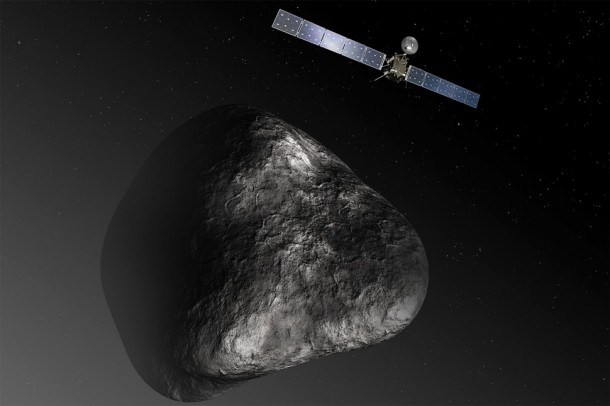
Phiale weighs 100 kg and was turned on a day before the landing commenced. The batteries were charged for the first upon first starting since it has left Earth and although there were some glitches – batteries warmed up a bit slower than was speculated – the spacecraft was able to reach its operational temperature soon enough. The mothership carrying Philae, Rosetta, then sprung into action and carried out maneuvers to get itself into position and after a number of tests and checks by the mission control, the lander was given a ‘Go’ signal at 02:35 GMT.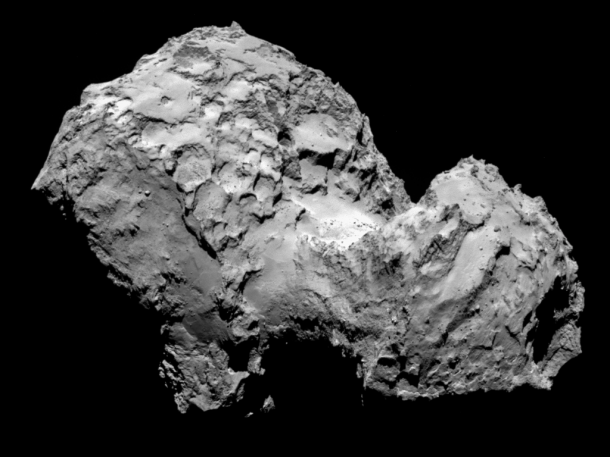
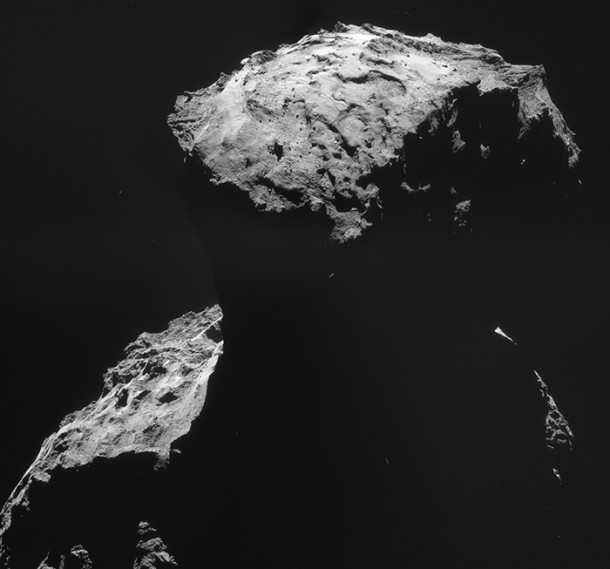
A transient fault, which occurred in the cold gas thruster that was aboard Philae wasn’t enough to hold the mission back and at 07:35 GMT, Rosetta made its final move followed by Philae separating at 09:03 GMT. Since there were times when there was no contact with mission control, both of the spacecrafts had been programmed to work autonomously.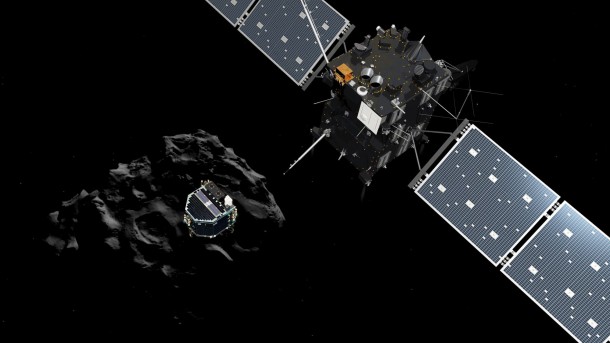
ESA has reported that Philae landed without power owing to the 67P’s very weak gravitational field – 1/100,000th of Earth’s – at a speed of 1m/sec. Upon making contact with the surface, the drills located on the tripod base drilled into the surface and a thruster located on top of the lander made sure that it remains pushed into the surface and doesn’t bounce off. This was continued until the harpoon incorporated into the undercarriage deployed and anchored Philae securely into the comet.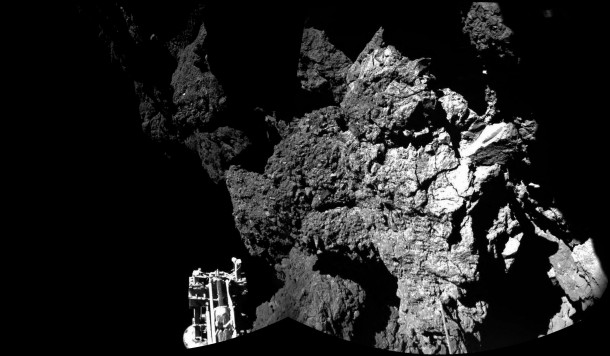
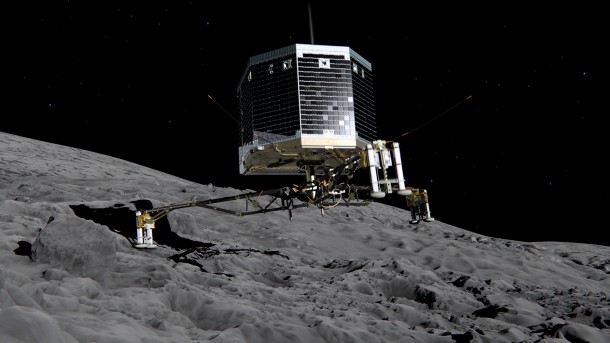
The landing was planned so that there was enough sunlight to power the Philae, however, not enough to make the comet active. Agilkia has a small number of boulders, little slope and more than enough sunlight while also sporting a myriad of interesting features. ESA reports that Philae has started capturing images, panoramic, while it continues on the 2.5-day mission and is making use of a total of 10 instruments. The time span could be increased if the solar panels are capable of charging the batteries.


